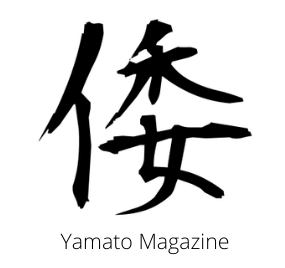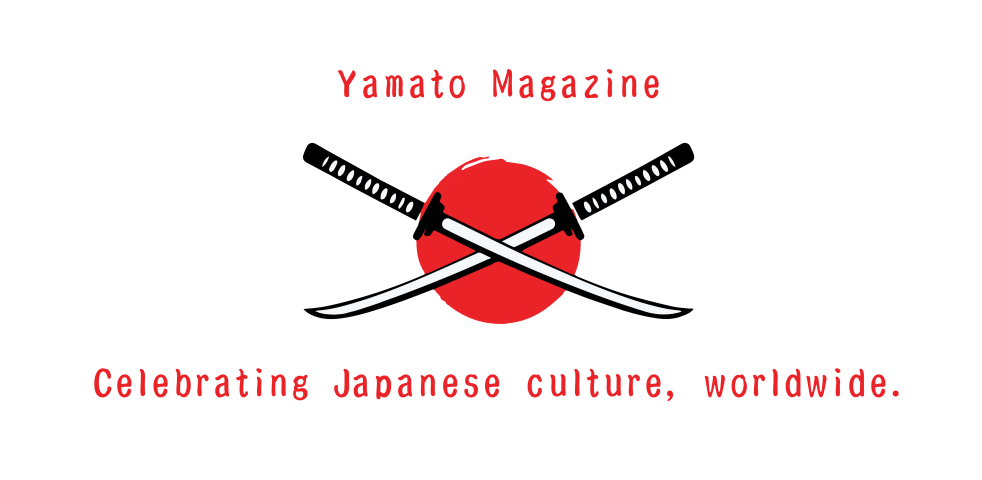
Japanese folklore is filled with spirits and mythical creatures, and one of the most well-known beings is the tengu. Tengu are an important part of Shinto and Buddhism and form part of the yokai. Originally seen as demons, the importance of tengu have changed over time. Many people wear tengu masks and the image has been woven into popular culture. Yamato Magazine is looking into the history of the tengu to see what they are and their significance to Japanese culture.

The word ‘tengu’ is usually associated with the dog-like Chinese demon Tiangou. However, the tengu are linked to birds of prey and traditionally had avian characteristics. The most famous image of a tengu is a red face with a long nose, giving it the appearance of a goblin. There are two kind of tengu, called daitengu and kotengu. The daitengu are the traditional red-faced demons that have been popularised with masks. Kotengu are lesser creatures who look more like crows.
Role in Shintoism and Buddhism
Originally, tengu were seen as evil spirits that caused destruction wherever they went. Buddhist practices taught they were demons and tricksters who opposed Buddha. The early tales were recorded in the Koniaku Monogatarishu, published during the late Heian period. The tengu carried off monks, robbed temples and sowed chaos. They were depicted as angry ghosts that lived within the tengu-realm and possessed people. They became the spirits of people who’d died through their arrogance and became associated with the sin of pride.
During the Kamakura period, a book of Buddhist stories called the Shasekishu was published. It made a point of distinguishing good and bad tengu. Good tengu were protectors and bad tengu were demons. The bad ones had fallen due to pride and ambition and it set them onto the demon road. The tengu’s role continued to change in the 17th century, with them being portrayed as more noble.

Evolution
According to an 18th century legend, a tengu served the abbot of a Zen monastery until he guessed the spirit’s true form. The tengu asked for a piece of wisdom from his master and although it left, it continued to protect the monastery. In the 19th century, tengu held onto their fearsome reputation as the protector of certain forests. Many were worshipped in Shintoism as small gods called kami.
As the story of the tengu developed, they were given specific names. According to the philosopher Hayashi Razan, the three greatest were Soujoubou, Taroubou and Jiroubou. The first two are linked to Kyoto and the third is linked to the Hira mountains. Soujoubou is probably the most important, as legend says that he taught swordsmanship to the famous commander Minamoto no Yoshitsune.

In the modern day, tengu have maintained their demonic image. But they are seen as both good and bad, depending on the story. They are a big part of popular culture, with many appearing in anime and video games, highlighting their ongoing importance in Japanese folklore.


4 thoughts on “How The Role Of The Tengu Has Changed In Japanese Culture”